FREE Shipping on Orders over $89 with Account – Create One Today!
- (844)-859-9400
- Get Help
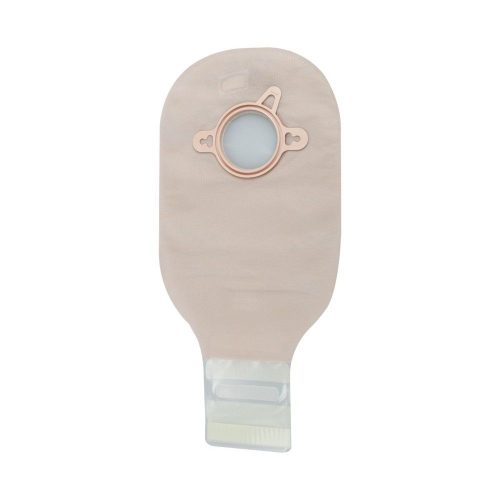

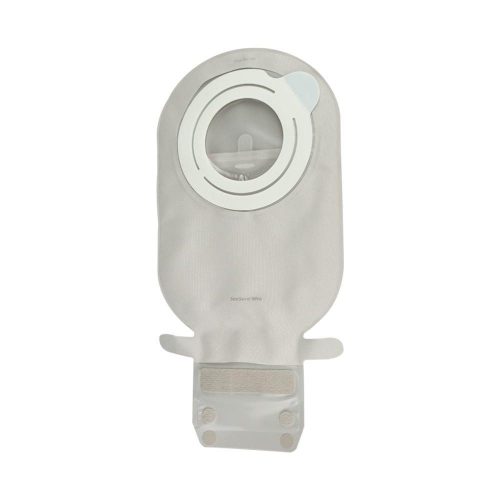
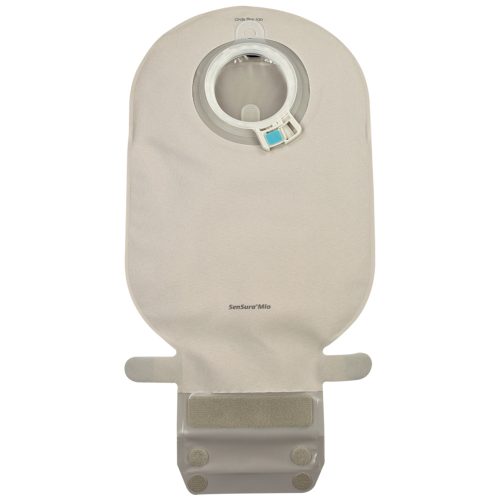
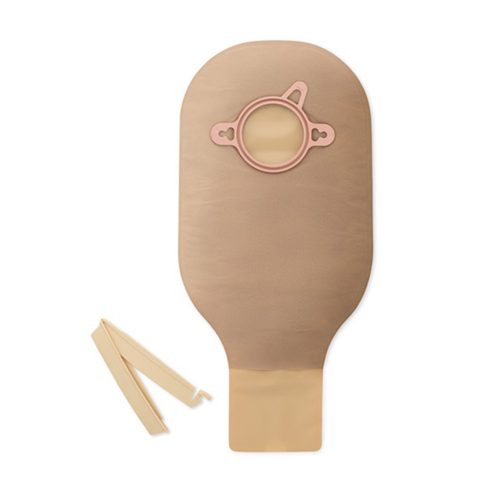
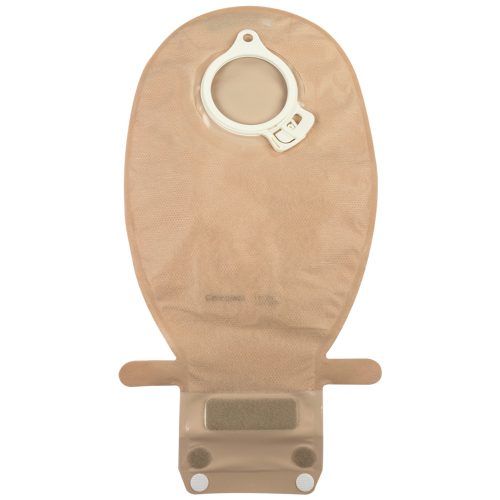
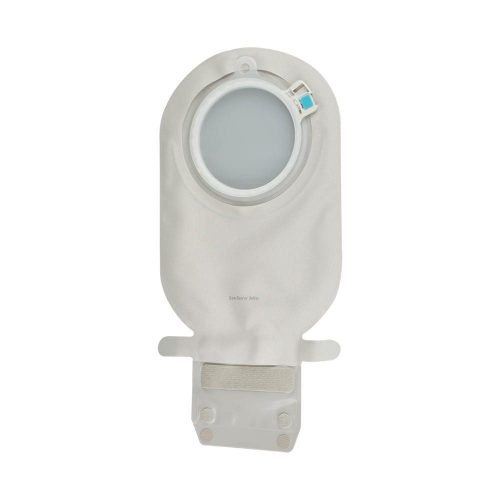
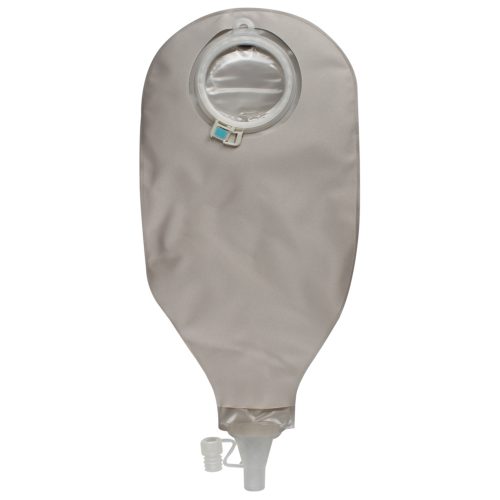
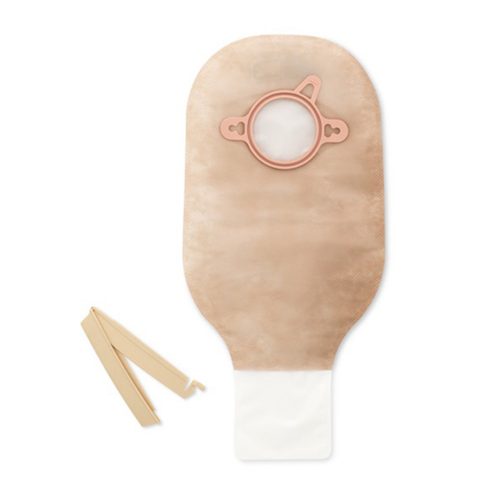
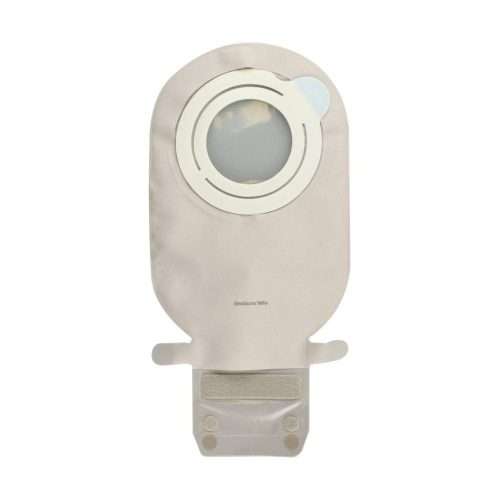
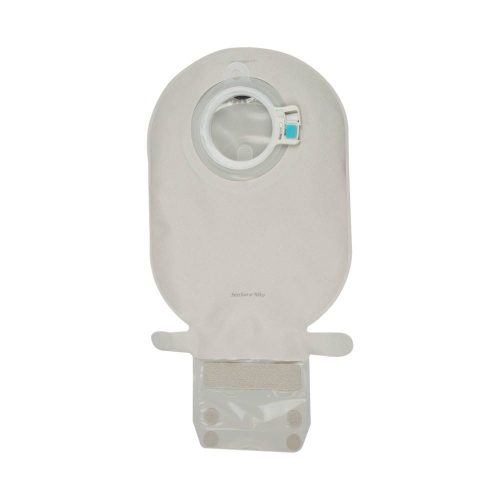
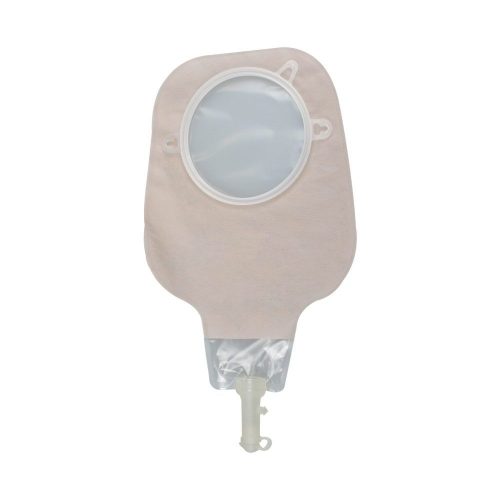
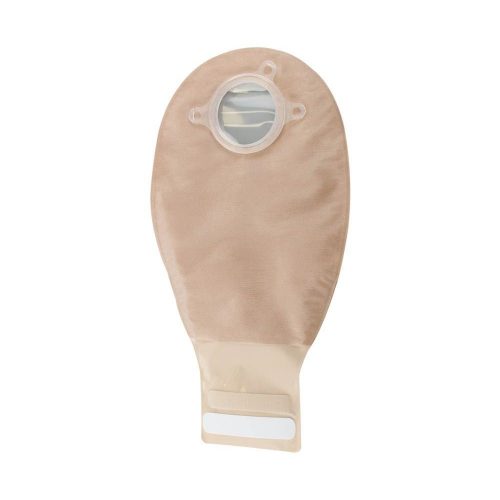
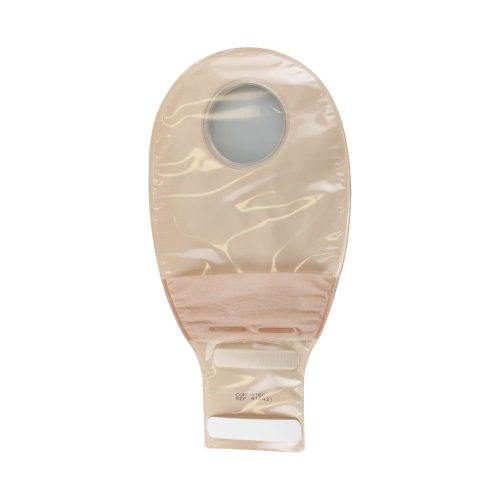
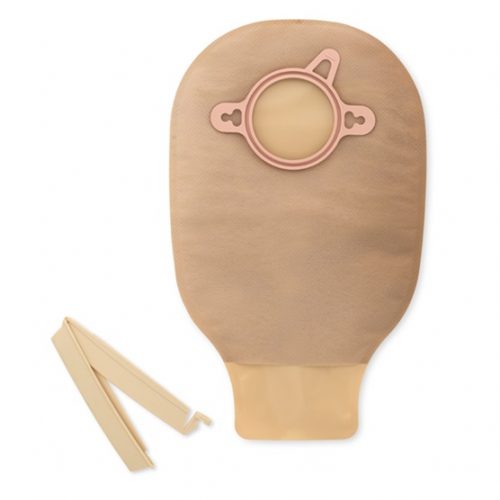
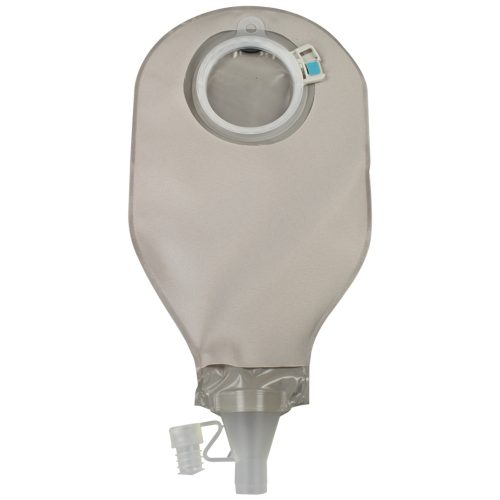
What Are Two-Piece Drainable Ostomy Pouches?
Drainable ostomy pouches feature an open-ended design with a seal, clamp or lock-and-roll Velcro style closure to secure the bag. As one of its benefits, drainable pouches are made to be cleaned and reused. The patient, in turn, goes through fewer bags.
As well, to reduce splashes, pouch designs make emptying the bag straightforward, safe and convenient, no matter where you use it. To do this, drainage bags feature a tail-like end to streamline this process; once emptying is complete, this end can be quickly rolled or secured in place.
Two-piece drainable pouches are built to work with a two-piece ostomy system consisting of a barrier plate. The drainage pouch attaches to the barrier to collect the patient’s waste and later be emptied.
Using a Two-Piece Drainable Pouch
A two-piece drainable pouch can easily and quickly be attached to use the bag and empty it as needed. Pastes, tape and adhesive aren’t required for the bag itself. Rather, a snap-on closure makes this process more convenient. As well, because the barrier plate remains in place, the user doesn’t have to apply and adjust the system every time.
To attach it, the user simply needs to pinch the pouch’s sides, roll up the tail and then clip it if using a clamp-style bag. To empty, the user does the reverse: just detach the pouch, roll out the tail and release the bag’s contents into the toilet.
Two-piece ostomy systems should be emptied once the pouch is at least half full. Prior to reattaching the pouch, the closure should be cleaned of any residue or fluid to reduce the risk of infection and irritation.
In case the clip or closure gets lost or detached, two-piece drainage pouches include an extra set.
The Benefits of a Two-Piece Drainage Pouch
Because drainage pouches are reusable:
